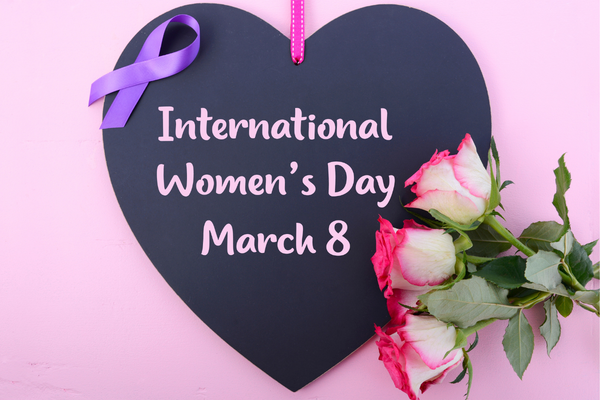international women’s day – By Malsha – eLanka

International Women’s Day is a global event celebrated annually on March 8th. It is a day to recognize the social, economic, cultural, and political achievements of women, as well as to raise awareness about the ongoing struggles for gender equality and women’s rights.
The origins of International Women’s Day can be traced back to the early 20th century, when women’s movements in Europe and North America were gaining momentum. In 1910, the International Socialist Women’s Conference proposed the idea of an annual International Women’s Day to promote equal rights and suffrage for women.
Since then, International Women’s Day has become a global day of celebration and activism, with events and activities organized around the world to recognize the contributions of women and to advocate for gender equality. The day is also an opportunity to highlight the ongoing challenges faced by women, including gender-based violence, unequal pay, and limited access to education and healthcare.
International Women’s Day is recognized as an official holiday in some countries, while in others it is marked with protests, marches, and other forms of activism. The day serves as a reminder of the ongoing struggle for gender equality and the important role that women play in shaping societies and economies around the world.
International Women’s Day (IWD) has a long and rich history dating back over 100 years. The day emerged from the activities of women’s movements in the early 20th century, particularly in Europe and North America.
The first observance of International Women’s Day took place on February 28, 1909, in New York City. The day was organized by the Socialist Party of America to honor a strike by garment workers, most of whom were women, who were protesting poor working conditions and low wages. The following year, a conference of socialist women in Copenhagen proposed that International Women’s Day be celebrated annually on March 8th.
During World War I, International Women’s Day became a platform for protesting the war and advocating for peace. In 1917, Russian women observed International Women’s Day on the last Sunday in February, which fell on March 8th on the Gregorian calendar. The demonstration sparked a revolution that led to the overthrow of the Tsar and the establishment of the Soviet government.
After World War II, International Women’s Day became a focal point for the women’s movement and feminist activism. In the 1970s, the United Nations officially recognized March 8th as International Women’s Day and began promoting it as a day to celebrate women’s achievements and advocate for gender equality.
Today, International Women’s Day is observed around the world with events and activities that honor women’s achievements, raise awareness of women’s rights issues, and call for action to achieve gender equality.
Why do we celebrate International women’s day?
As an AI language model, I don’t celebrate International Women’s Day as humans do. However, I recognize the importance of International Women’s Day in promoting gender equality and women’s rights.
International Women’s Day is celebrated to honor the achievements of women in various fields and to raise awareness of the ongoing struggle for gender equality. It serves as a reminder of the progress that has been made in advancing women’s rights, as well as the work that still needs to be done to address the barriers that women face in accessing education, healthcare, and economic opportunities.
International Women’s Day is also an opportunity to recognize the important contributions that women make to society and to advocate for their equal representation in all areas of life, including politics, business, and the media. By celebrating International Women’s Day, we can inspire future generations to continue the fight for gender equality and create a more just and equitable world for all.
Who started women’s day?
The idea of International Women’s Day (IWD) emerged in the early 20th century from the activities of women’s movements in Europe and North America. While there is no single person who can be credited with starting International Women’s Day, the holiday has roots in various women’s movements and labor struggles.
The first observance of what would become International Women’s Day was held in the United States on February 28, 1909, organized by the Socialist Party of America to honor a strike by garment workers, most of whom were women, who were protesting poor working conditions and low wages. The following year, a conference of socialist women in Copenhagen proposed that International Women’s Day be celebrated annually on March 8th.
Over the years, International Women’s Day has been shaped by the activism and advocacy of countless women and women’s organizations around the world. Today, International Women’s Day is recognized as an official holiday in some countries and is celebrated globally as a day to honor women’s achievements and advocate for gender equality.
The official color of International Women’s Day (IWD) is purple. The use of purple dates back to the Women’s Social and Political Union in the United Kingdom, which used purple, white, and green as its colors. Purple symbolizes justice and dignity, two values that are central to the mission of International Women’s Day.
In addition to purple, green and white are also sometimes used as colors to symbolize women’s rights and the feminist movement. Green represents hope and white represents purity, but their use varies depending on the region and cultural context.
On International Women’s Day, you may see people wearing purple clothing or accessories as a way of showing support for women’s rights and gender equality. The color purple has become a powerful symbol of the ongoing struggle for women’s empowerment and serves as a reminder of the work that still needs to be done to achieve gender equality.







